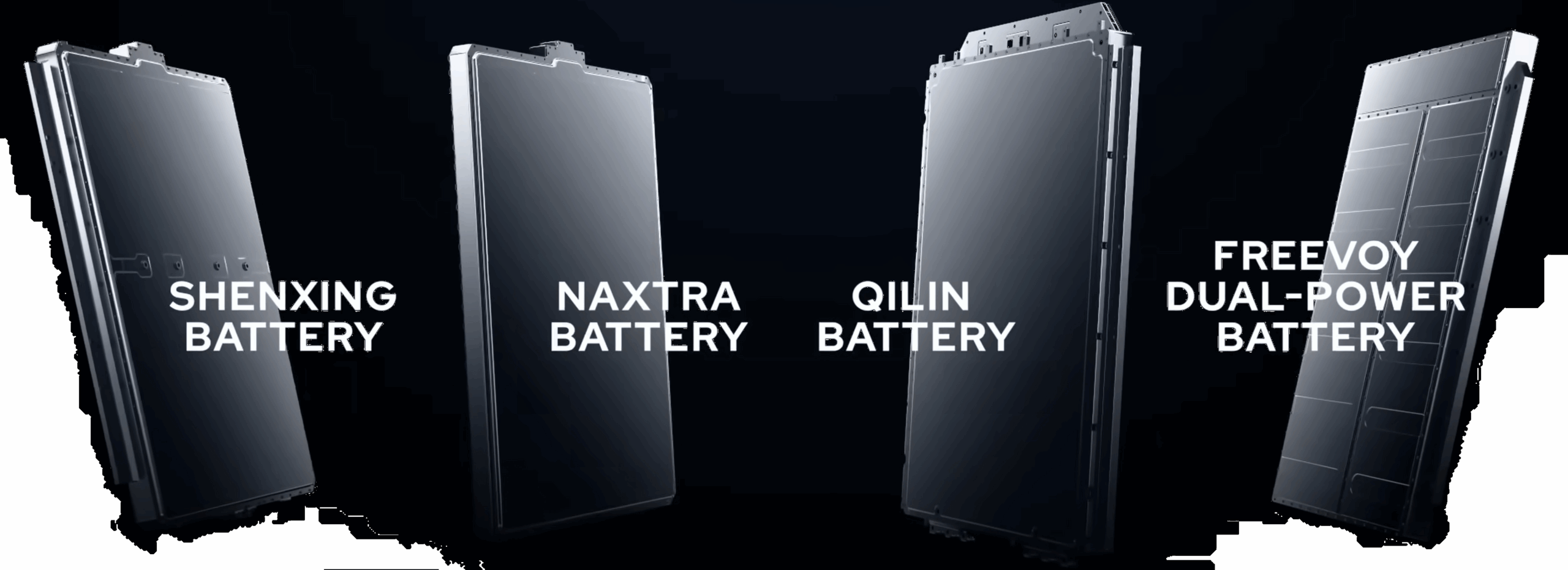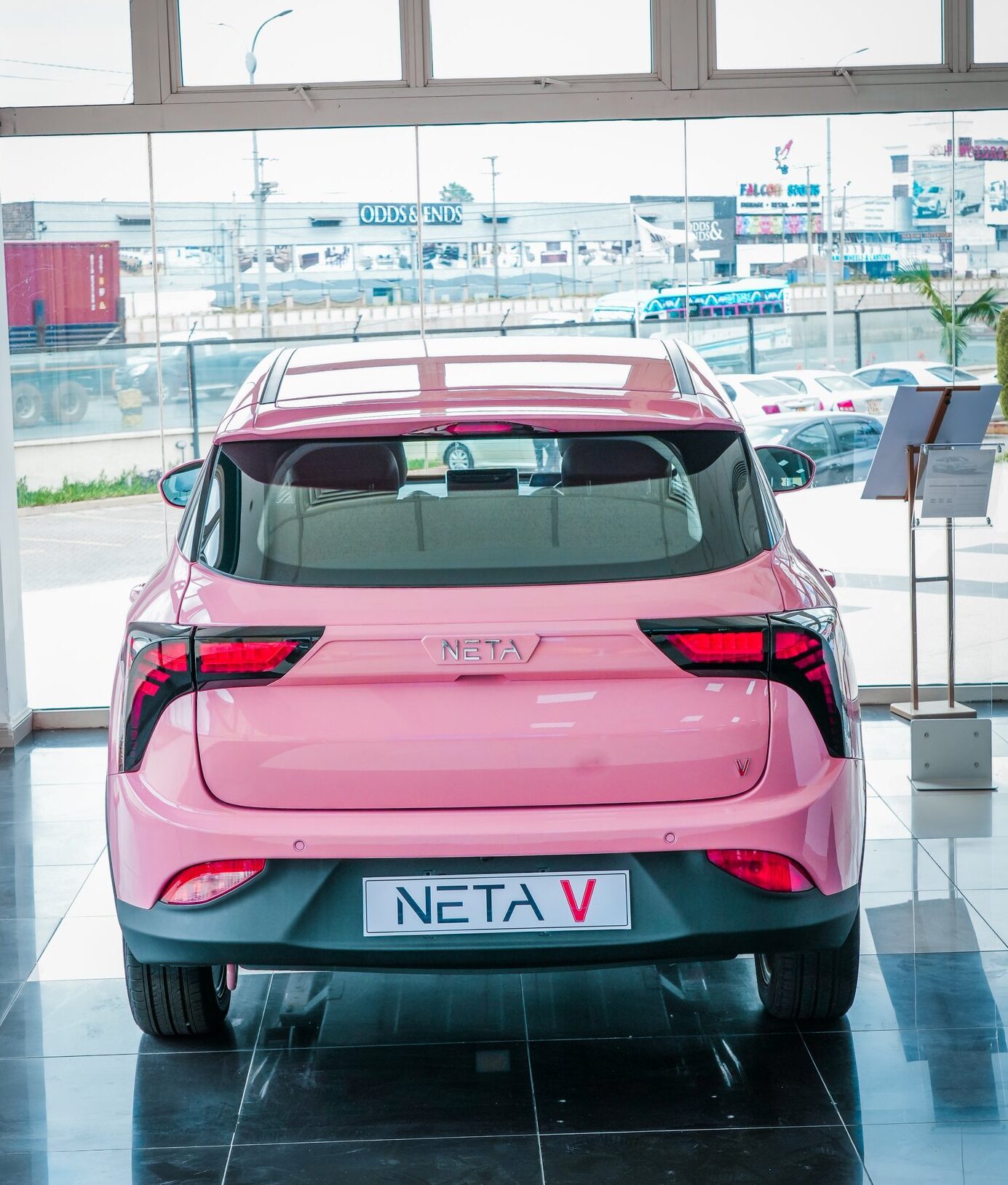Support CleanTechnica’s work through a Substack subscription or on Stripe.
Plummeting battery prices will push BEVs below parity in 2 to 4 years in Europe. In China, sooner — it is happening now for some models. In the USA, I just don’t know. I know not enough about USA price setting for car retail to mumble even incoherent words, sorry.
Europe is another matter. In most of Europe, the prices for passenger vehicles are strictly controlled by the carmakers and importers. For example, when the CEO of Stellantis was too focused on improving margins, Stellantis lost significant market share. The result was replacement of the CEO. On the national website of a brand, one can find the prices for every possible configuration of a car. It does not matter which dealer you visit, that is the price. The only discount you can get is for cars in stock. Importers and dealers do not like cars in stock, they have to get rid of them as soon as possible. Having cars in stock is expensive, a waste of money.
While all European carmakers keep their BEV prices high, to limit sales in favor of selling more end-of-life internal combustion cash cows, there is a bit of competition. Only not enough to force prices as low as they could go. Chinese carmakers are very happy with this situation. They set their prices at about the same level as the domestic carmakers and enjoy margins they can only dream of in China. Not as high as the margins were before the EU’s tariffs were introduced, but still very nice.
Still, I expect that battery prices will drop by 70% in the next five years. Companies with some inside knowledge — like CATL, BYD, Volkswagen Group — as well as the IEA have suggested this in press releases and reports. This will have an effect on the retail prices the carmakers set.

When the 100 kWh battery of a midsize car/CUV/SUV drops from €15,000 to below €5,000, some carmakers see the opportunity to sell more for a lower price and gain a bit of market share, especially carmakers who have already promised to stop making ICE vehicles all together by 2030, like Volvo. Others will follow. And when battery density increases a bit, they can offer a 120 kWh battery without raising the price, removing the last vestige of charging anxiety.
The price of the 60 kWh battery in a subcompact that drops from €9,000 to €2,700 makes that subcompact go from far too expensive to better priced than the ICE model. With a 90 kWh battery, the subcompact or compact can get its old job of caravan tow car back. Yep, in Europe, many people use a subcompact to tow their small caravan to the Mediterranean for their summer vacation. With the power and torque of an electric motor, only the battery size is currently a problem.
Currently, we see city cars (aka mini-compact cars) with a 20 kWh to 30 kWh battery being priced not too far above their legacy competitors. These cars with batteries that are too small to be usable for more than shopping have a hard time finding buyers. Now they can have a far more usable 50 kWh battery with a lower price. Or even a 65 kWh battery to give them legs. There are many of these small cars with diesel engines on the roads that have no problem with touring Europe.
Officially, there cannot be any price fixing in the EU. The EU is not forgiving when they see it, and the fines are such that it is not worth the risk. It takes only one carmaker pricing its products low enough to conquer some market share to make the competition drop their prices. Otherwise, this will be a golden opportunity for carmakers from Vietnam, India, or Turkey to get a big foothold in Europe. Oh, and there are still a few dozen Chinese brands that would like to be present in the most lucrative BEV market, even with the tariffs that are officially not made to keep them out (but obviously are meant to do so).
Sign up for CleanTechnica’s Weekly Substack for Zach and Scott’s in-depth analyses and high level summaries, sign up for our daily newsletter, and follow us on Google News!
Have a tip for CleanTechnica? Want to advertise? Want to suggest a guest for our CleanTech Talk podcast? Contact us here.
Sign up for our daily newsletter for 15 new cleantech stories a day. Or sign up for our weekly one on top stories of the week if daily is too frequent.
CleanTechnica uses affiliate links. See our policy here.
CleanTechnica’s Comment Policy




